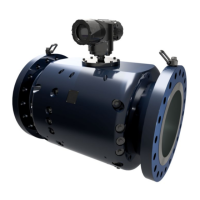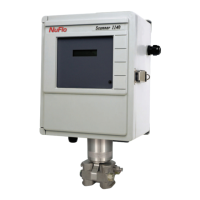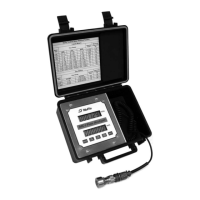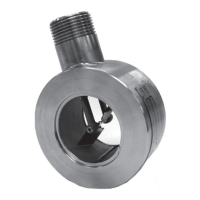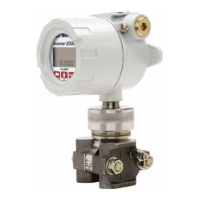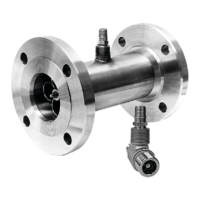What to do if LED1 is out on my Sensia Measuring Instruments?
- MMichelle SparksAug 5, 2025
If LED1 is out on your Sensia Measuring Instruments, it indicates a power failure. All LEDs and the display should also be off. Investigate the cause, such as a loss of power to the site. Extreme power surges might have damaged the protection circuits in the IOP. Check the IOP for blown fuses and replace them if needed. The IOP also has surge protection circuitry that may be damaged.
